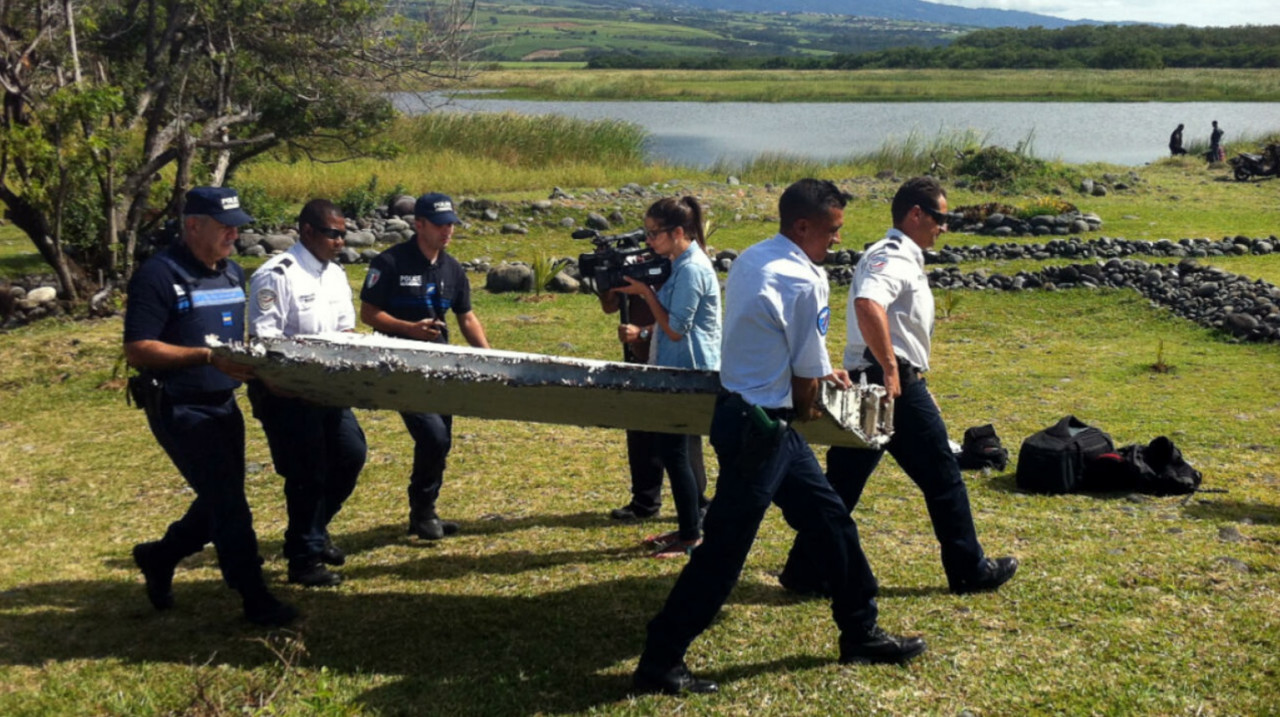KUALA LUMPUR – It appears that all is not lost in the search for Malaysia Airlines Flight MH370, which went missing more than seven years ago in what is arguably the world’s biggest aviation mystery.
Recent reports suggest new developments taking place that can hopefully shed light on the fate of the aircraft, giving a glimmer of hope to next of kins longing for updates and closure.
Globally, MH370 “hunters” are carrying out their own dedicated searches after the authorities ended theirs in May 2018, a mission that cost tens of millions of ringgit and involved a number of countries.
Meanwhile, new technology capable of tracking historical data on radio signals bumping off aircraft fuselages is currently on trial, and hold the key in locating the plane.
UK daily The Times reported on Friday that the technology could help predict more accurately the final location of the plane before it vanished over the Indian Ocean, solving the seven-year search.
Its pioneers believe it may even be possible to chart MH370’s last minutes with increased precision to narrow down the search area.
The report quoted British aerospace engineer Richard Godfrey as saying that he has run tests using the Weak Signal Propagation Reporter (WSPR), which records every interaction made between the aircraft and signals sent by radio transmitters from the ground.
“Imagine crossing a prairie with invisible tripwires and going back and forth across the length and breadth.
“Each step you make, you tread on particular tripwires and we can locate you at the intersection of the disturbed tripwires,” he said.

‘People won’t give up’
MH370 had 239 people on board when it disappeared after departing from the Kuala Lumpur International Airport for Beijing on March 8, 2014. It went off the radar just 38 minutes after takeoff.
The initial search for the missing airplane was focused on the South China Sea and Andaman Sea, before it was moved to the southern Indian Ocean after satellite and radar data showed that the plane had kept flying for another seven hours.
After searching across 120,000 sq km, the Australian Joint Agency Coordination Centre heading the operation suspended its activities in January 2017. The following year, a search was launched by private contractor and marine robotics company Ocean Infinity, also without success.
The Guardian newspaper, meanwhile, quoted Peter Foley – an Australian in charge of the amateur search – as saying that MH370 “will be found” because people have not stopped looking for it.
The article claims that there are still dedicated searches being conducted, ranging from those helmed by conspiracy theorists to well-intentioned amateurs and full-blown experts, as well as those driven to solve the mystery for glory, money, knowledge or closure.
Shipwrecks expert and deep-sea diver Ian MacLeod told the publication that it is only a matter of when – not if – MH370 is found.
“People will not give up until the last breath has gone out of their body. People will find it. New information will come to light, governments will change, and they’ll go back and find it.”
MacLeod also suggests that the plane could look “remarkably unchanged”, especially if it had settled on a hard surface like a rock at the bottom of the ocean, although this depends on the damage suffered upon impact.
However, he said, if it has sunk into silt, the aluminium body will have corroded. Deep-sea currents, salinity and temperature could also play a part in determining what is left of the aircraft. – The Vibes, October 3, 2021




























